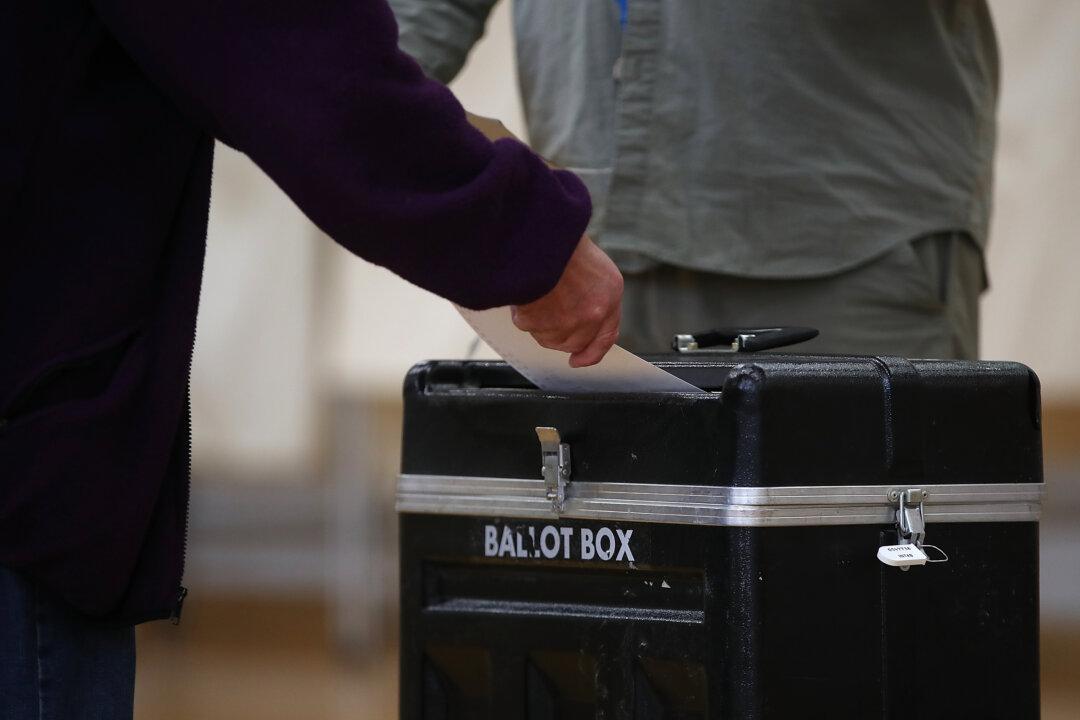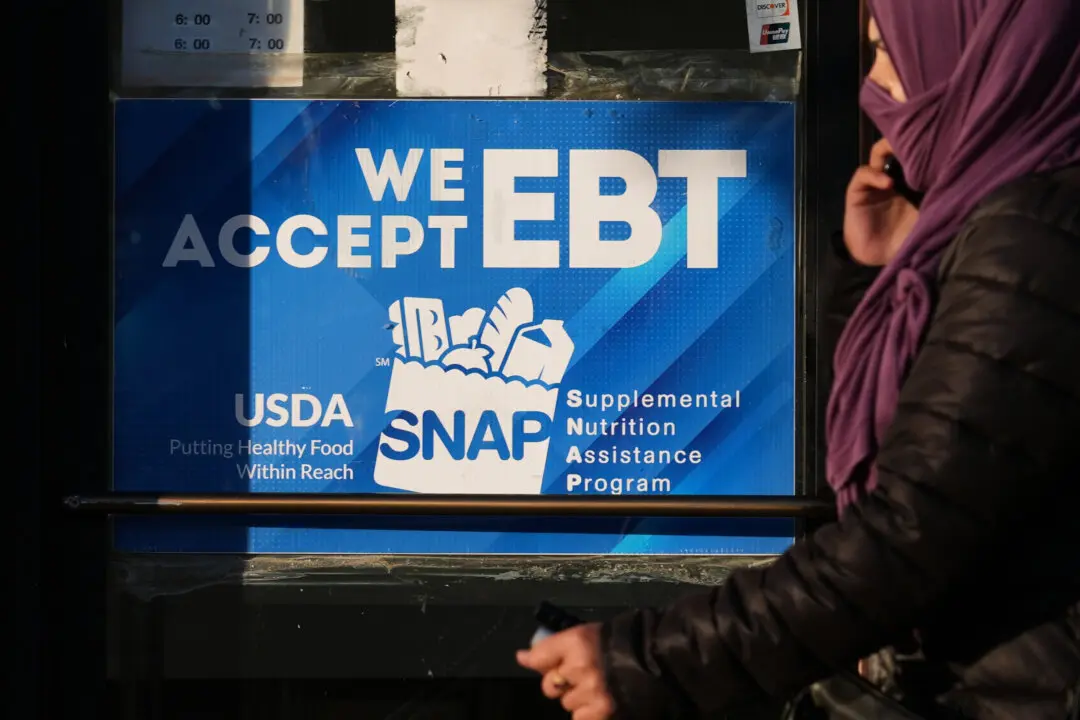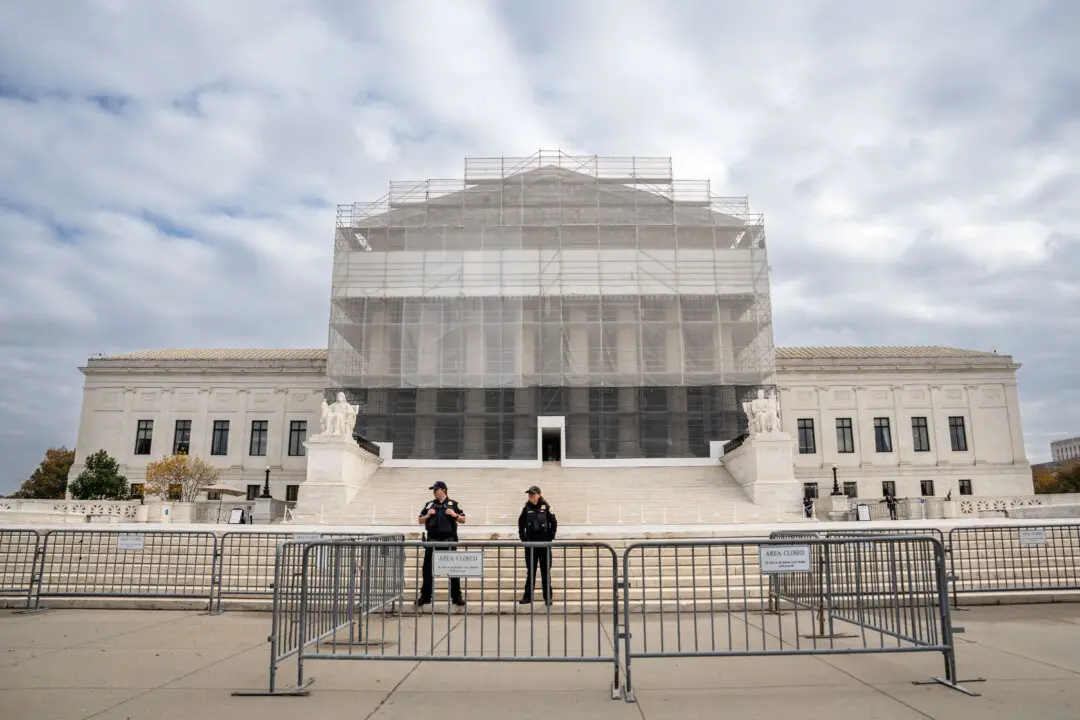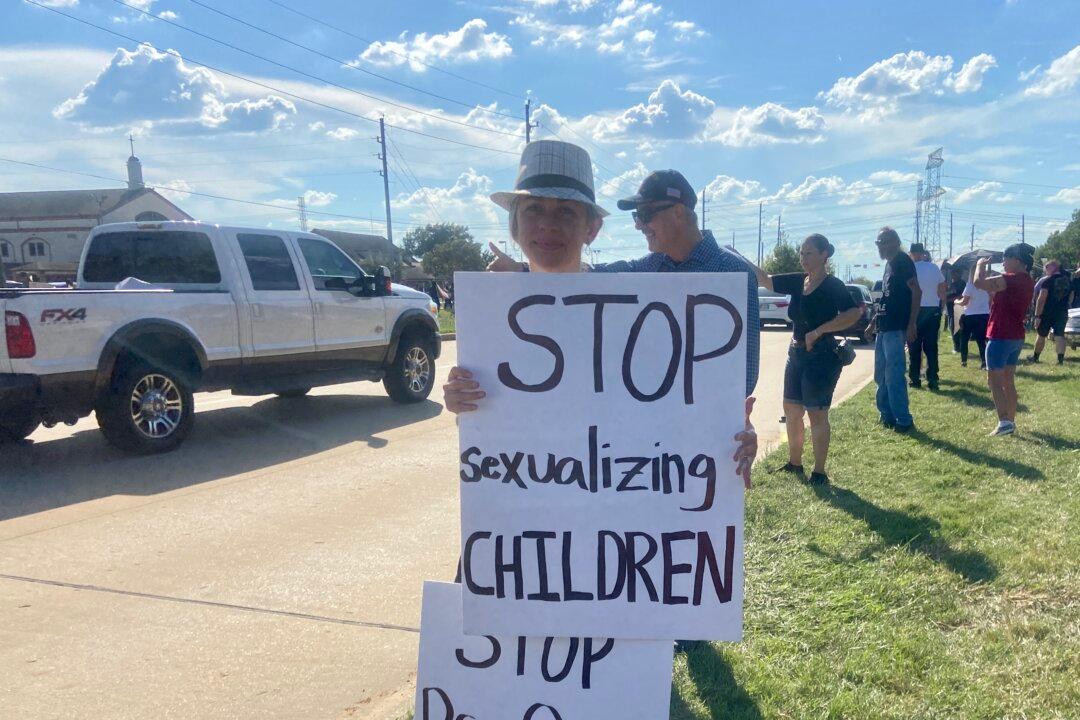The Montana Supreme Court has ruled that a referendum asking voters if the court’s justices should be elected in geographical districts instead of statewide on the Nov. 8 ballot would violate the state constitution.
Montana Attorney General Austin Knudsen, a Republican, blasted the 5–2 ruling.





